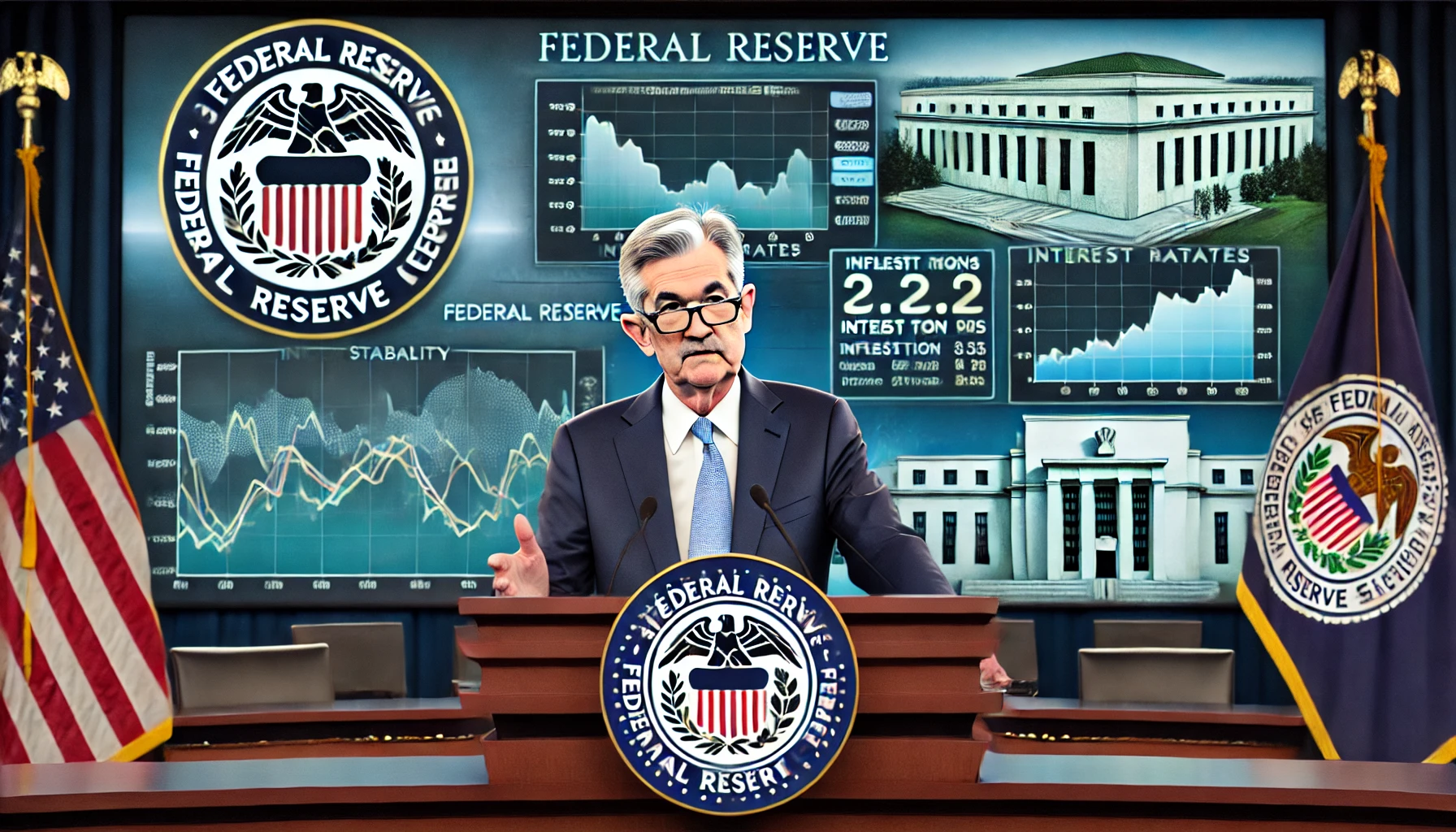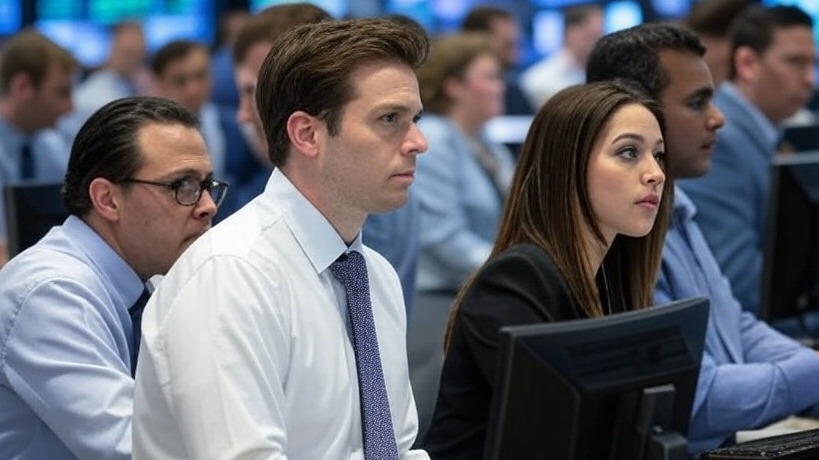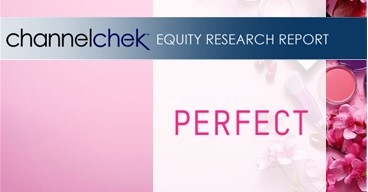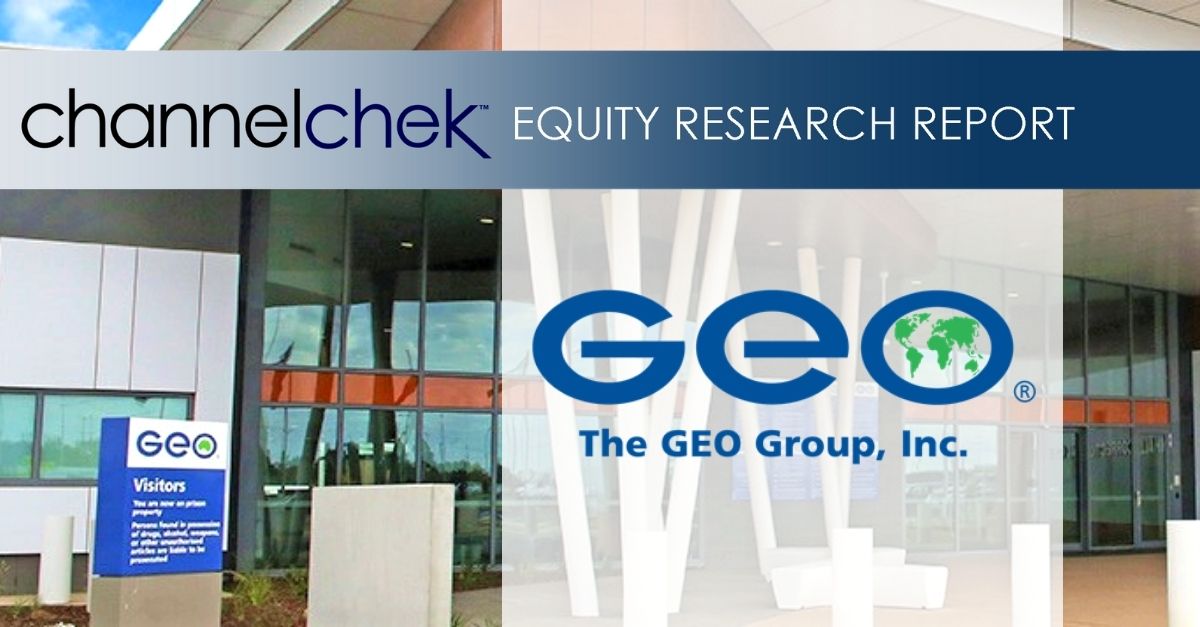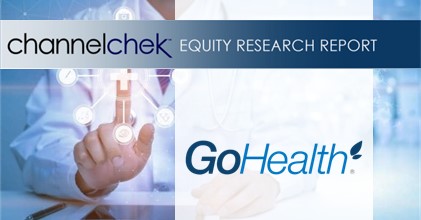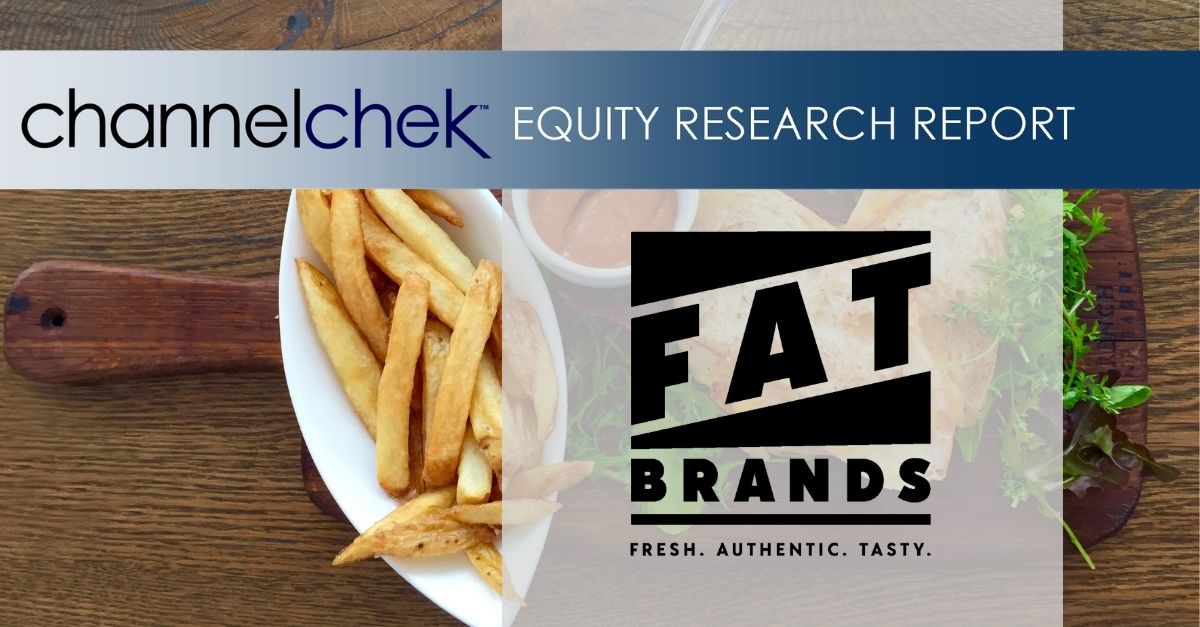| – Klarna is targeting a $15B+ valuation, pricing expected in April. – IPO may boost tech listings, with Chime and Zilch eyeing debuts. – Klarna refocuses on AI, payments, and potential crypto expansion. |
Klarna, a leading player in the buy-now, pay-later (BNPL) sector, is gearing up for a highly anticipated initial public offering (IPO) in the United States. According to sources familiar with the matter, the Swedish fintech company is expected to publicly file for its IPO as soon as next week, aiming to raise at least $1 billion. Klarna’s listing on the New York Stock Exchange (NYSE) is expected to take place in early April, with a target valuation exceeding $15 billion.
This IPO comes at a crucial time for the technology sector, which has seen a slowdown in public listings following a record-breaking surge in 2021. Klarna’s decision to go public could reignite investor interest in fintech IPOs, paving the way for other companies like Chime Financial Inc. and Zilch Technology Ltd. to follow suit later this year. The company confidentially filed for an IPO with the U.S. Securities and Exchange Commission (SEC) in November 2024, and it is now preparing to move forward with the process alongside major underwriters, including Goldman Sachs, JPMorgan Chase, and Morgan Stanley.
Klarna has experienced significant valuation swings in recent years. At its peak in 2021, the company was valued at $45.6 billion. However, following a broader tech downturn, Klarna’s valuation dropped dramatically to $6.7 billion in 2022. Analysts currently estimate its worth at approximately $14.6 billion based on Chrysalis Investments Ltd.’s assessment of its stake in Klarna.
To strengthen its market position and improve financial efficiency ahead of the IPO, Klarna has been restructuring its business operations. The company recently agreed to divest its Checkout payments division for approximately $520 million, while also acquiring Laybuy, a buy-now, pay-later provider in New Zealand. These strategic moves indicate Klarna’s intent to streamline its operations and refocus on its core payments business.
Founded in Stockholm, Sweden, in 2005, Klarna has grown into a global financial technology leader with 85 million customers and 600,000 retail partners. The company’s expansion into the U.K. and U.S. markets has been key to its growth, and its IPO signals a continued push for international dominance.
Klarna is also exploring new revenue streams, including an expansion into the cryptocurrency market. CEO Sebastian Siemiatkowski hinted at this move in February when he posted on social media that Klarna “will embrace crypto.” This potential diversification could attract a new wave of investors interested in both fintech and digital assets.
As Klarna prepares for its public debut, investors will be watching closely to see how the company positions itself in the competitive fintech landscape. With the backing of major institutional investors like Sequoia Capital and a renewed focus on core business operations, Klarna’s IPO could be a significant milestone for the BNPL industry and the broader fintech sector. If successful, this listing could set the tone for other fintech firms eyeing public markets in 2025 and beyond.







